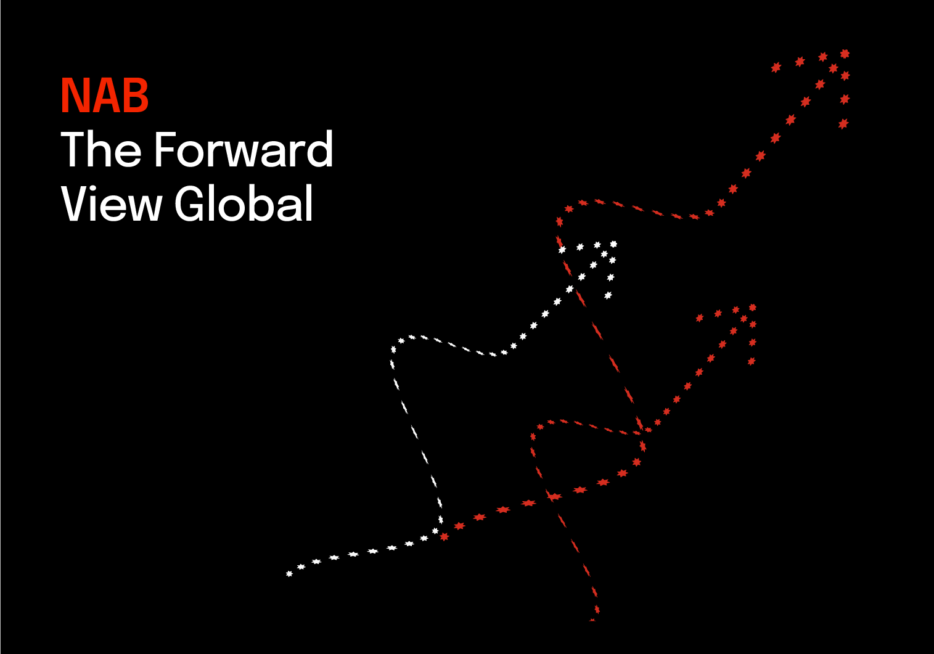Global growth headed for a H2 trough as tariffs start to bite


Insight
SME conditions improve but smallest firms still negative
SME business conditions improved in Q3, rising back to around average levels at +7 index points, but the improvement was limited to medium and larger SMEs with conditions for the smallest firms still negative. The improvement came through profitability and employment, while trading conditions remained robust, with SMEs in health, hospitality and transport all seeing noticeable improvements in the quarter. The improvement in SME conditions mirrored a small pickup reported by larger firms in the Quarterly Business Survey. SME confidence also improved in Q3 although it remained negative at -3 index points, and forward orders rose to be at -2 index points. Cost growth remained elevated with labour cost growth picking up to 1.8% in the quarter, and labour availability remained a significant constraint for around 40% of SMEs – though materials availability has continued to improve, now a significant constraint for less than 10% of SMEs. Price growth also remained elevated at 1.1% overall, in line with persistent inflation pressures seen in official data.
SME business conditions rose 5pts to +7 index points, just above the long-run average of +6. Conditions improved most for medium and larger SMEs, with the index still weak for the smallest firms at -4 index points. The employment and profitability indices rose, partially reversing the weak Q2 result, while trading conditions were steady.
“Conditions for SMEs improved in Q3 after falling in Q2,” said NAB Chief Economist Alan Oster. “The improvement was limited to medium and larger SMEs with conditions for the smallest SMEs still in negative territory, but it is still a good sign to see some improvement overall.”
“SMEs in health, hospitality and transport all reported improvements in conditions,” said Mr Oster. “Conditions for SMEs in retail are still very weak, reflecting the pressures on consumers from inflation and interest rates.”
SME business confidence rose 4pts to -3 index points. Forward orders rose 2pts to -2 index points while capex remained steady at +5 index points and capacity utilisation rose to 82.6% (from 82.4%).
“SME confidence remains negative despite improving in Q3, which reflects the persistent concerns among firms about the outlook for the economy,” said Mr Oster. “Forward orders also remain negative but capacity utilisation is elevated and rose in Q3 which shows that for now the economy is proving resilient.”
Purchase cost growth edged down to 1.7% in quarterly terms, while labour costs growth was 1.8%, up from 1.5% in Q2. Final prices grew at 1.1% overall (down from 1.2%) and the sales margin index improved to -8 index points (from -15 in Q2).
“There was a rise in labour cost growth for SMEs in Q3,” said Mr Oster. “This is similar to what we have seen in our surveys of larger firms, reflecting the impact of the minimum and award wage changes that took effect in July.”
“More broadly, inflation remained elevated in Q3 as seen in the CPI and this was true among SMEs with price growth still elevated at 1.1% in the quarter,” said Mr Oster.
For more information, please see the NAB Quarterly SME Business Survey (Q3 2023)
© National Australia Bank Limited. ABN 12 004 044 937 AFSL and Australian Credit Licence 230686.